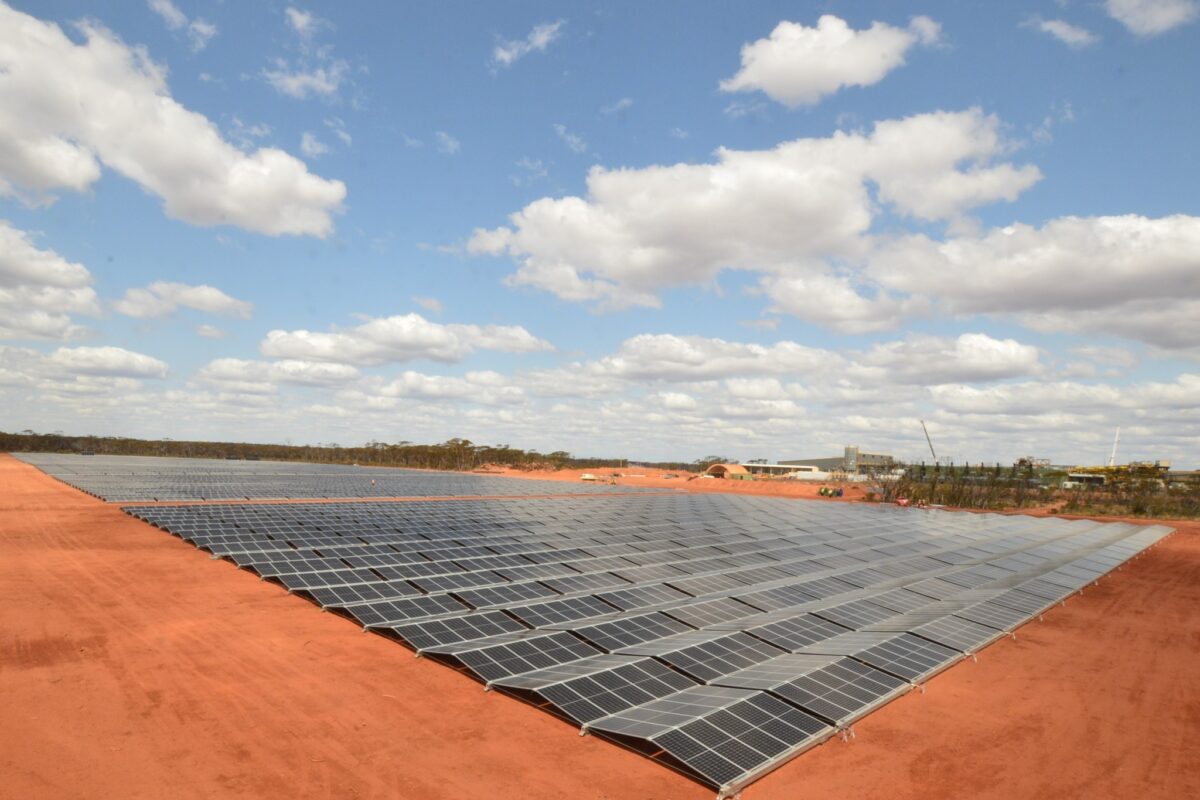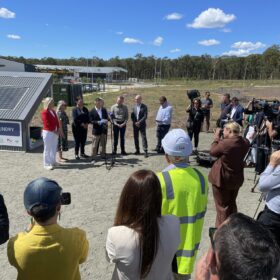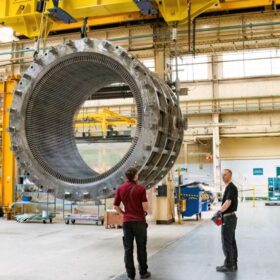Artificial intelligence (AI) is one of the most transformative technologies of our time, but it also brings an important challenge: managing the energy needed to sustain its rapid growth. The same machine learning models that could help us address climate change are also accelerating demand for electricity at an unprecedented pace.
Data centre demand in Australia’s National Electricity Market (NEM) is forecast to grow from about 3.9 TWh in 2024 to approximately 8.7 TWh by 2030, a jump from 2.4% to 5.4% of total market consumption in just six years. Most of this growth will be concentrated in New South Wales and Victoria, fuelled by the energy needs of AI and high-performance computing.
This is the essence of the AI energy paradox: while AI increases energy needs, it also offers unparalleled tools to manage energy more intelligently, making the grid cleaner, smarter, and more resilient.
Balancing innovation and impact
Generative AI models like ChatGPT can consume nearly 10 times the energy of a standard web search. These realities have prompted critical conversations, particularly among younger Australians, more than 75% of whom are concerned about climate change and are paying close attention to the environmental footprint of new technologies.
The key is not to slow down AI adoption, but to ensure the technology evolves hand in hand with sustainable energy practices. The opportunity lies in using AI to optimise the very infrastructure it relies on, making data centres and digital operations cleaner, leaner, and more efficient.
From megawatts to mid-market: AI for good in action
Tackling the AI energy paradox means thinking holistically about every layer of digital infrastructure, from the largest, most power-hungry AI clusters to smaller edge computing environments. The same principles of digital monitoring, intelligent control, and renewable integration can apply at every scale.
In hyperscale environments, next-generation data centre designs are already proving it’s possible to manage extreme rack densities, improve thermal performance, and support accelerated AI deployments without sacrificing efficiency. Schneider Electric is working with industry partners to deliver prefabricated modular pods, liquid cooling, and open, scalable architectures that enable operators to deploy powerful AI clusters faster, and with a smaller environmental footprint.
Whether in a multi-megawatt AI facility or a compact edge site, the goal is the same: use data and automation to predict demand, shift loads, and maximise renewables. By applying these digital energy strategies across the entire built environment, we can reduce the footprint of AI while strengthening the resilience of our energy systems.
Shaping the conversation
The discussion about AI’s environmental impact should shift from concern to possibility. With the right technology, strategy, and collaboration between providers, energy managers, governments, and consumers, AI can be a powerful force for accelerating the energy transition.
AEMO’s forecasts are clear: efficiency interventions are essential. By acting now, and applying them from the largest AI clusters to the smallest commercial buildings, we can ensure that AI becomes a driver of a cleaner energy future rather than a strain on it.
A cleaner, smarter tomorrow
The challenge ahead is not to limit AI innovation, but to embed sustainability at every stage of its growth. The solutions are already here, from advanced, liquid-cooled AI data centre pods to scalable, modular energy-management systems, we simply need to scale them.
AI can be one of the most important allies in our climate response. The future we build will depend on how quickly we embrace that opportunity.
Author: Joe Craparotta, Vice President Cloud & Service Providers, Pacific, Schneider Electric
The views and opinions expressed in this article are the author’s own, and do not necessarily reflect those held by pv magazine.
This content is protected by copyright and may not be reused. If you want to cooperate with us and would like to reuse some of our content, please contact: editors@pv-magazine.com.








3 comments
By submitting this form you agree to pv magazine using your data for the purposes of publishing your comment.
Your personal data will only be disclosed or otherwise transmitted to third parties for the purposes of spam filtering or if this is necessary for technical maintenance of the website. Any other transfer to third parties will not take place unless this is justified on the basis of applicable data protection regulations or if pv magazine is legally obliged to do so.
You may revoke this consent at any time with effect for the future, in which case your personal data will be deleted immediately. Otherwise, your data will be deleted if pv magazine has processed your request or the purpose of data storage is fulfilled.
Further information on data privacy can be found in our Data Protection Policy.